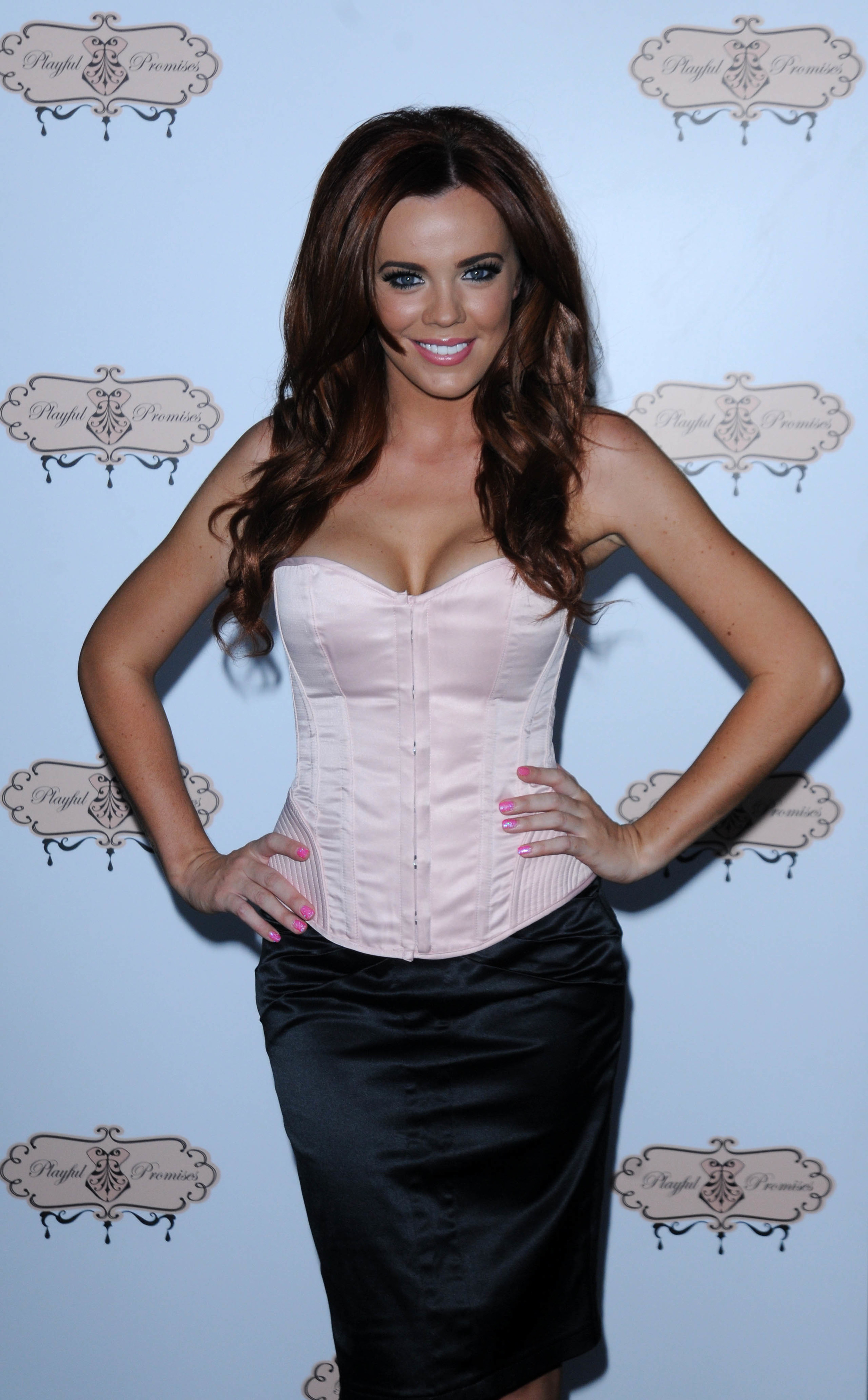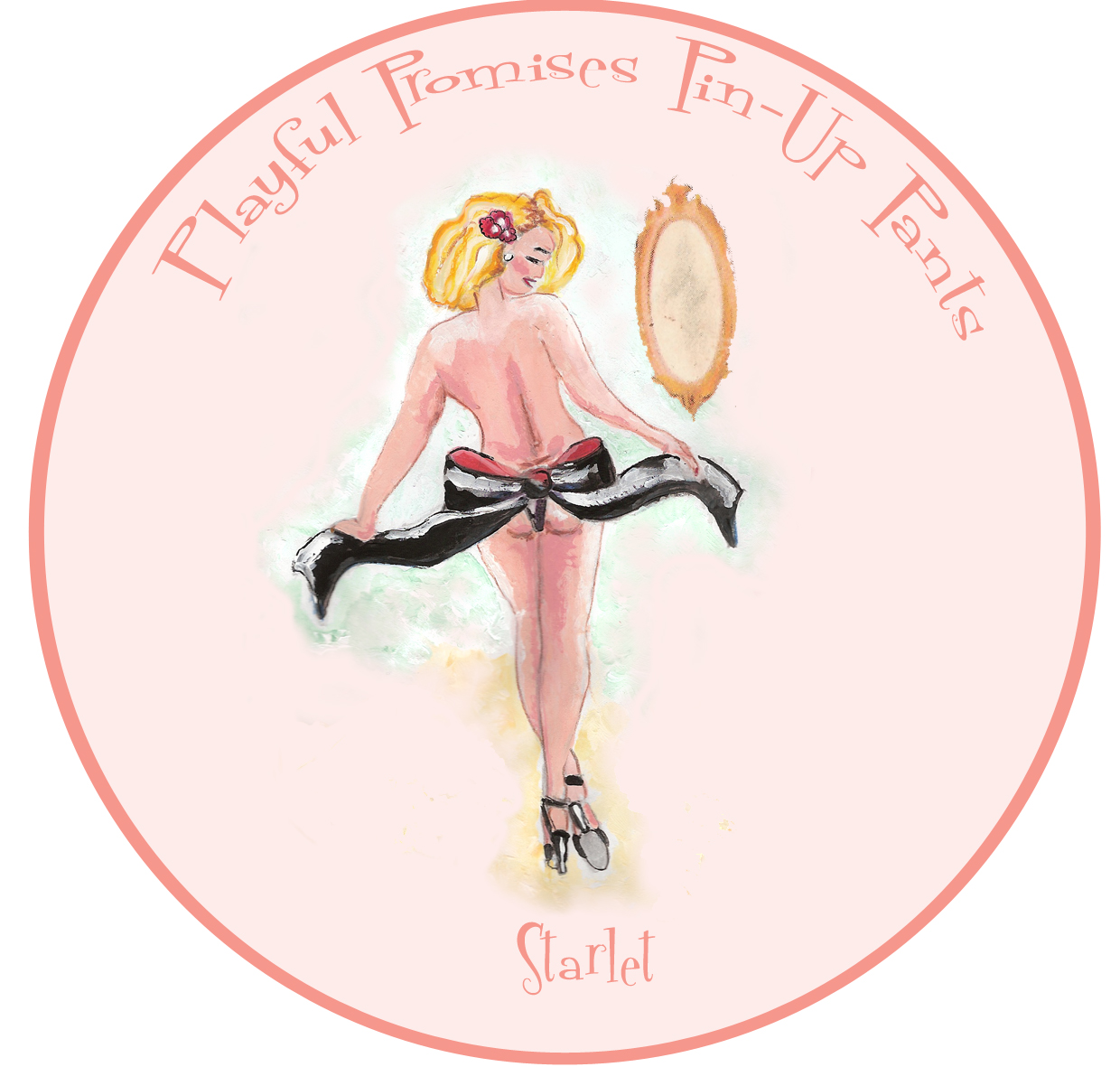The History of the Corset
Hi, my name’s Steph and I’m interning at Playful Promises this week! I’m a Costume Design student at UAL, so I thought I’d write a blog post about historical underwear – more specifically, the corset!
When we think of historical corsets today, what comes to mind is the extreme hourglass shape fashionable during the Victorian period. But when did corsets really begin?
The first instances of corsets, or ‘stays’, being used under a bodice can be traced back to the end of 17th century. These were stiffened conical shapes which lifted the bust and shaped the waist. However they were not the restrictive garments we imagine today – women at the time would stitch their stays by hand, and there were no metal eyelets for lacing, so stays could not be laced very tightly or the laboriously stitched together garment would break.
During the 18th century, stays were laced either at the back or at the front under or over an embroidered stomacher (a stiff panel which attached to the bodice) in a zig-zag shape. In her portrait to the left, Madame de Pompadour wears a stomacher decorated with a line of bows; a look she popularised.
Towards the end of the 18th century, the fashionable waistline moves upwards (think Keira Knightley in Pride and Prejudice), so corsets also change - dresses are looser so the body no longer needs shaping in the same way. The emphasis in this period is on the bust, so cups are built into the corset for the first time, and stiff wooden busks are used to keeps the breasts apart. Below is an example of a corset from 1790.
With the advent of the Victorian period, the waist moves back down and more recognisable corsets come into use. These make use of new inventions – metal eyelets and metal busks which use hooks to allow the corset to be fastened at the front, as well as laced at the back. Criss-cross lacing is introduced, and remains in use today. It is during this period that tight-lacing becomes popular, along with the hourglass figure. Below is an example of a corset from 1864.
Corsets largely fell out of fashion during the 1920s, as a new "boyish" shape was desired by flappers. They began to come back into popularity in the 1950s in the form of bustiers and girdles like the ones to the right.
Modern designers like Jean Paul Gaultier have revisited the corset in haute couture, and the resurgence of burlesque has ensured that corsets are once again fashionable and desirable items of lingerie!
Ready to try out corsets for yourself? Our corsets and waspies are designed for the boudoir or as outerwear (rather than waist training corsets, which need to be specially made to safely reduce your waist-line)!





